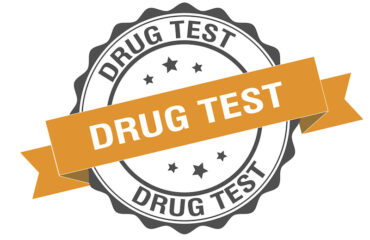Returning Veterans and Traffic Safety: Once Home—Stay Safe, Drive Safe – Justice Speaks Podcast
Motor vehicle crashes are a significant issue for the general population. But here in the U.S. it is even more so for those in the military. From 1999 through 2012, 4,423 active military personnel died in noncombat crashes versus the 4,409 of our soldiers killed in the Iraq war. Motor vehicle crashes are the leading cause of death for veterans in the early years after returning from deployment.
Veterans and Re-Integration
Before deployment, many of our servicemen and women are trained on how to drive in a combat zone. The training is intensive and requires the building of “muscle memory,” so a person reacts automatically in certain situations. In a combat zone, they are trained to look for bombs lying alongside of the road or consider vehicles that approach them quickly as a threat. Driving “reckless” in Iraq and Afghanistan, running stop signs and weaving in and out of traffic, may be considered safe driving. When they return home, this driving would be considered aggressive and risky. Yet, that muscle memory is not something that can be turned off automatically.
Minnesota implemented a comprehensive re-integration program in 2005 to support the Minnesota National Guard veterans returning from deployment. The program included a discussion on traffic safety. The main point raised is that it will take time for the soldiers to feel comfortable and safe when driving. They need to understand that they were trained to react, and now they need to understand that this is a different environment requiring a different response—a less forceful response. The program has spread to other states’ National Guard units and most of the branches of the U.S. Military.
Veterans and The Safe Driving Initiative
Also in 2009, The Department of Veterans Affairs (VA), the Department of Transportation (DOT) and the Department of Defense (DOD) came together and developed the Veterans’ Safe Driving Initiative: Home Safe, Drive Safe, Stay Safe.
The Safe Driving Initiative was created with both short- and long-term considerations in mind. In the short-term, it includes a Public Health Information Campaign reaching out to the various veteran service organizations, state governors, law enforcement officials, and motor vehicle dealers and manufacturers. NASCAR legend and safe driving advocate Richard Petty is also a partner in the initiative. (See below PSA with Richard Petty.) Designed to increase a veteran’s awareness of motor vehicle risks, the focus is on:
- Impaired Driving Prevention (as a driver and as a passenger with an impaired driver)
- Wearing seat belts, and
- Wearing a helmet when riding a motorcycle
Additionally, the VA and the DOT developed a Veterans’ Traffic Safety Strategic Research Plan to look at the long-term answers, understanding that there are still a lot of questions that need answers; questions that include considerations of epidemiology, psychology, and biomechanics.
Drive Safe, Stay Safe
The short answers for our returning veterans, and everyone else, to live a longer life are: don’t drink and drive; don’t ride with someone that is impaired; wear a seatbelt in a car, and a helmet while on a motorcycle. Our veterans made it home in part because of their awareness of the dangers while in combat. Here at home, there are other dangers. Developing an awareness of these dangers and acting on them can help everyone remain safe.
We have a long way to go to recognize the dedication of our service men and women, but this is a start—to make sure that once they are back home safe, they remain so on our nation’s roads.
Veterans, our citizens cannot THANK YOU enough for your service. But don’t waste all of that by coming home to die in a stupid car crash!”
Related Links:
Website:
U.S. Department of Veterans Affairs – Safe Driving Initiative
Other:
Veterans Safe Driving Initiative Brochure
Get more articles like this
in your inbox
Subscribe to our mailing list and get the latest information and updates to your email inbox.
Thank you for subscribing.
Something went wrong.









